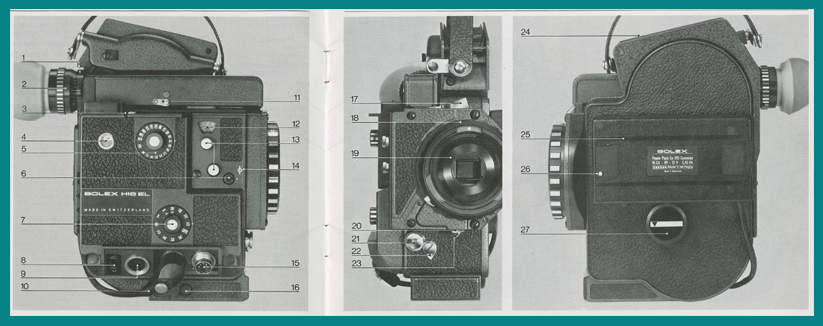Close Up: A Quick Guide to Shooting 16mm Film

Get your analogue film project rolling with our new blog series, Close Up, sharing inspiration and tips on all things 16mm.
What is 16mm? A Brief History
16mm film was introduced in 1923 by Eastman Kodak as a less expensive alternative to 35mm. Generally used for non-theatrical filmmaking and low-budget features, it was also very popular with amateur home-movie makers, alongside Super 8 film.
To find some examples of feature films shot using 16mm, check out our last blog post.
Standard 16mm vs. Super 16mm
Standard 16mm: The area of exposure for standard 16mm is 10.26mm x 7.49mm, with an aspect ratio of 1.37:1, the standard pre-widescreen Academy ratio for 35mm. Double-perf film, the original format, has a perforation at both sides of every frame line. Single-perf is perforated on one side only, leaving room for a soundtrack along the other side.
Super 16mm: Developed in 1969 by Swedish cinematographer Rune Ericson, Super 16 makes use of the extra room available on single-sprocket film (formerly used for the soundtrack) for an expanded picture area of 7.41mm by 12.52mm, causing a wider aspect ratio 1.67. This gives not only a larger image, but one that is in wide-screen ratio.
16mm Cameras
One of the more popular professional 16mm cameras is the Aaton XTR Prod, used in films such as The Hurt Locker, BlacKkKlansman, and March of the Penguins.
Another student favourite is the Bolex. Used by artists including Andy Warhol, David Lynch, and Maya Deren, who used a Bolex 16mm to shoot her seminal short film Meshes of the Afternoon.
Discover our full range of affordable Aaton and Bolex 16mm cameras to rent here.
How to Load a 16mm Camera
How to Shoot 16mm
How to Develop 16mm
Pay a professional:
CineLab London is the only film lab in the world processing all colour negative motion picture film formats. Specialists can provide their expertise from pre-production through to final deliverables, whether you’re a major studio or a first-time filmmaker.
On8Mil are analogue movie film specialists, based in North London, capable of processing and scanning your 16mm film.
Do it yourself:
If you're up for the task it is possible to develop your 16mm at home, like Mark Jenkin chose to do with Bait in 2019 - hand-processing a total of 130 rolls or 13,000 ft of film using an antique Bakelite rewind tank.
There is lots of information out there on the best way to do this. This video by 16mm Adventures is a helpful introduction.